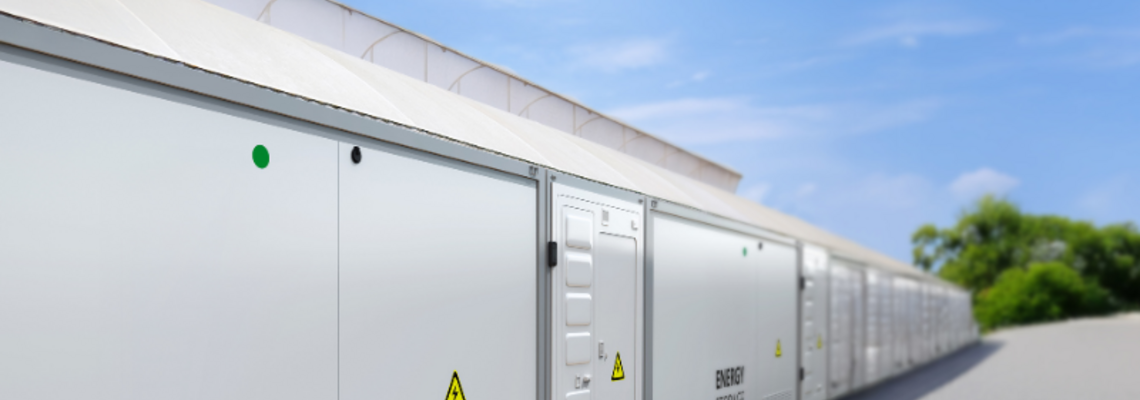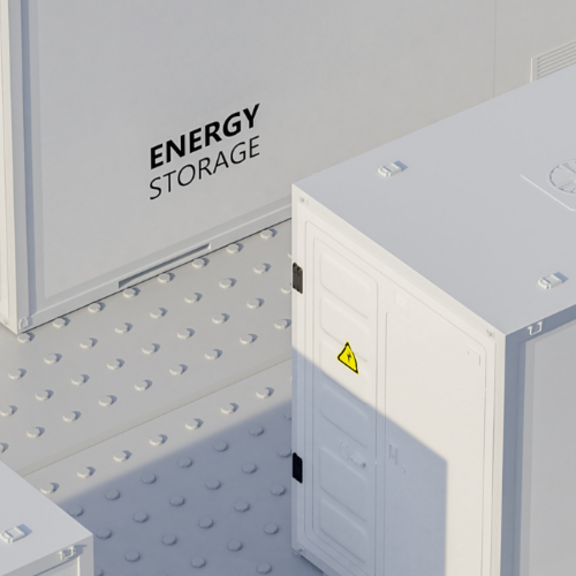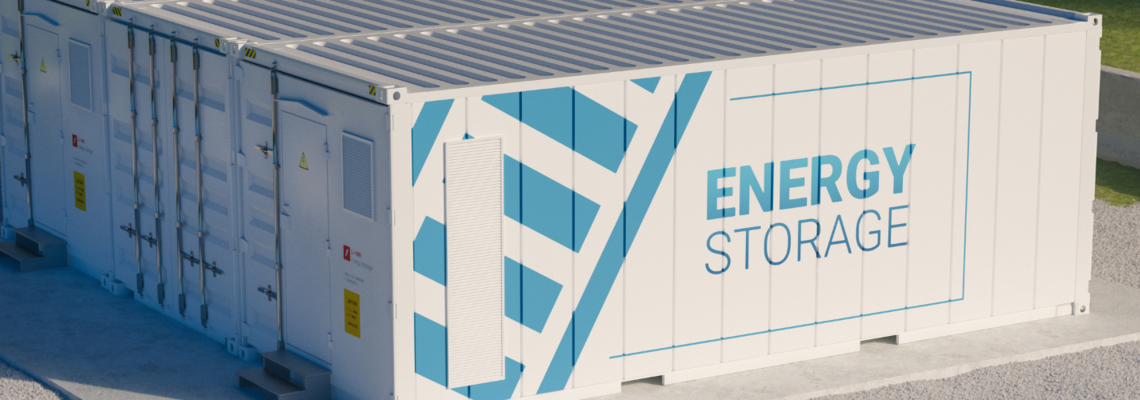
Why an insulation fault can jeopardise your large battery storage system
Large battery storage devices play a crucial role in modern energy supply. They make it possible to efficiently save renewable energies and balance out peak loads. However, the electrical safety of these systems is essential to avoid failures, fires or costly damage.
An often underestimated risk in large battery storage devices is the insulation fault. While it may seem harmless at first, it can lead to serious problems in the long term - up to and including complete system failure. This article sheds light on how insulation faults occur, why they are so dangerous and how they can be effectively monitored and rectified.
How does an insulation fault occur in a battery storage system?
An insulation fault occurs when a conducting connection is established between a live conductor and earth. Depending on the power supply system - i.e. whether it is earthed or unearthed - this error has a different effect on the system.
Typical causes of insulation faults in large battery storage devices are:
- Moisture and pollution: In large battery storage devices, high humidity or condensation often leads to a loss of insulation. This is because moisture can accumulate over time, especially in containers or poorly ventilated rooms.
- Mechanical damage: Vibrations, shocks, improper installation and other factors can easily damage cables, plugs or insulation materials.
Why is an insulation fault so dangerous?
The consequences of an insulation fault depend heavily on whether the system is earthed or unearthed.
Unearthed systems (IT systems)
Many PV-coupled storage farms or grid-serving applications with galvanic separation are operated as unearthed IT systems. Here, an initial insulation fault does not lead to a current flow, which has the great advantage that it enables continued operation. At the same time, however, there is a transfer to the voltage potential in the system.
Consequences:
- The affected conductor is almost at earth potential, while the voltage of the other conductors rises in relation to earth.
- Components can be overloaded or damaged.
- A second error can lead to a dangerous short-circuit - resulting in a complete system failure.
Earthed systems (TN/TT systems)
Earthed systems are often used in industrial applications or for stationary memories. Here, the first insulation fault usually immediately results in a short-circuit or residual current which is detected by protection technology (fuses, EL circuit breakers).
Risk:
- Gradually developing faults with low residual currents often go unnoticed without residual current monitoring.
- These develop over time and then lead to unplanned shutdowns or failures - often without a clear diagnosis.
How can insulation faults be recognised and rectified in good time?
The best strategy against insulation faults is early detection and targeted fault localisation - adapted to the respective power supply system.
1. Insulation monitoring in unearthed systems (IT systems)
In IT systems, continuous insulation monitoring in accordance with VDE 0100-410 and VDE 0100-530 should be prioritised. Special insulation monitoring devices (IMD) continuously measure the insulation resistance and issue an alarm as soon as the value falls below the limits. Corresponding IMDs must fulfil the requirements of the international Commission Electrotechnique Internationale 61557-8 standard.
Advantages:
- Early detection of the first fault
- Maintaining operation without immediate shutdown
- Save time for planned servicing
Localise faults with EDS systems (supplement for IT systems)
In addition to insulation monitoring, earth fault detection systems (EDS)enable exact localisation of the insulation fault - provided the system is prepared accordingly.
This is how the interaction with the IMD works:
- If the IMD detects an error, it switches to pulse mode.
- These test pulses pass through the grid and are detected by circuit-related Measuring current transformers.
- EDS evaluation units evaluate the signals and assign them to the respective circuit.
- Important: The transducers must be placed systematically and fine granularly in the system so that precise localisation is possible.
- This enables targeted maintenance - without unnecessarily switching off the entire system.
2. Residual current monitoring in earthed systems (TN/TT systems)
In earthed networks, residual current monitoring (RCM) enables the detection of even small fault currents that would otherwise go unnoticed. This technology detects creeping insulation deterioration before it leads to safety problems or system failures.
Taking insulation faults seriously - targeted monitoring
An insulation fault may seem harmless - but without continuous monitoring, it can have serious consequences, regardless of whether the battery storage system is earthed or unearthed.
Key findings:
- In IT systems, the first fault must be reliably detected before a second can trigger a short-circuit and lead to a shutdown.
- In TN/TT systems , gradually developing fault currents should be monitored to avoid unplanned shutdowns.
- IMD, RCM and EDS offer effective options for monitoring and localising errors.
- Compliance with relevant standards is the basis for safe and legally compliant operation.
Those who rely on proactive monitoring safeguard their system, people and investments and ensure business continuity.


